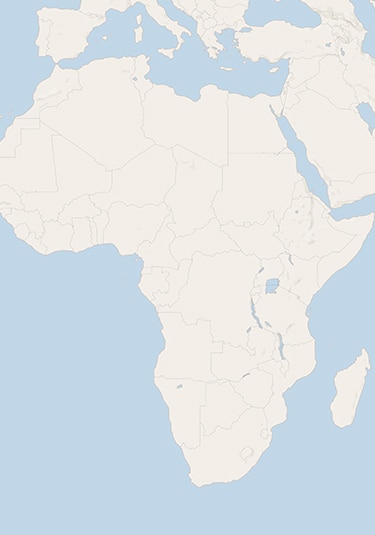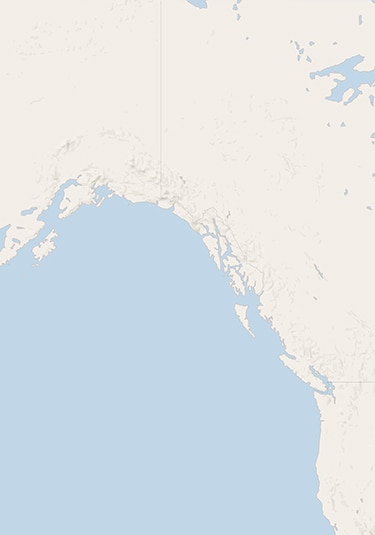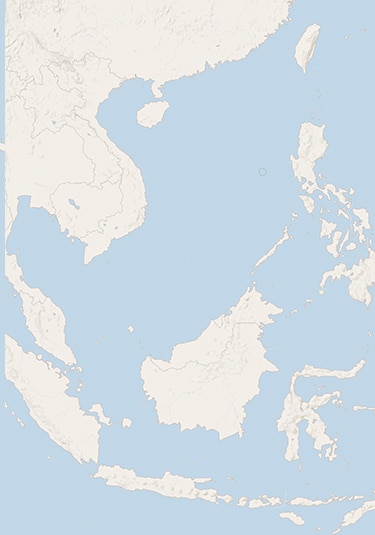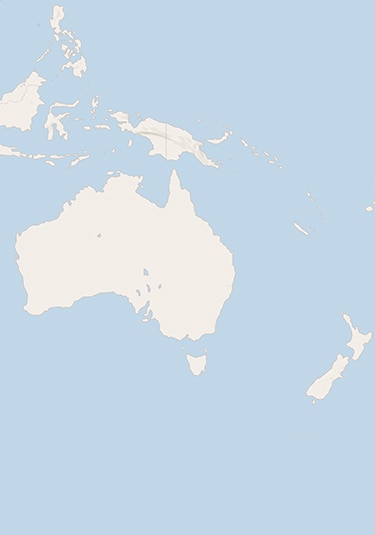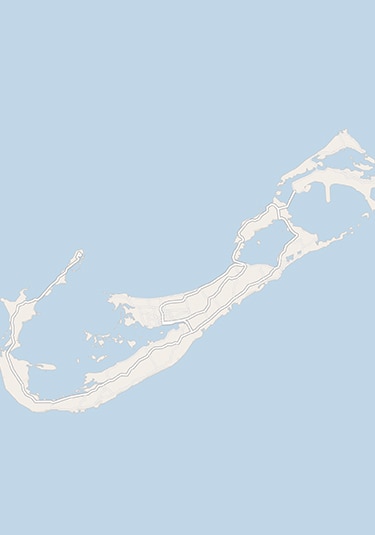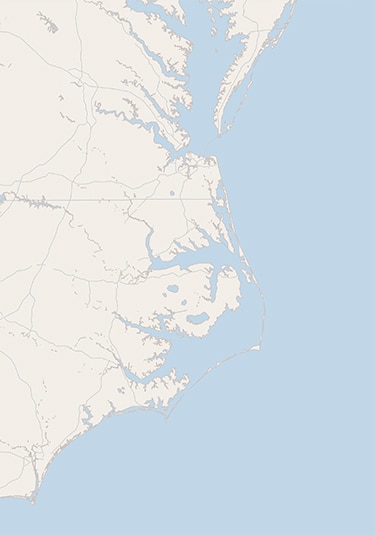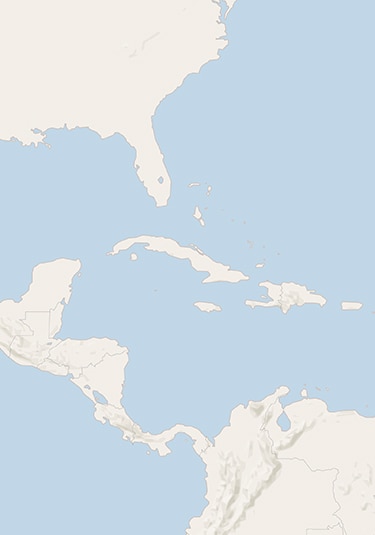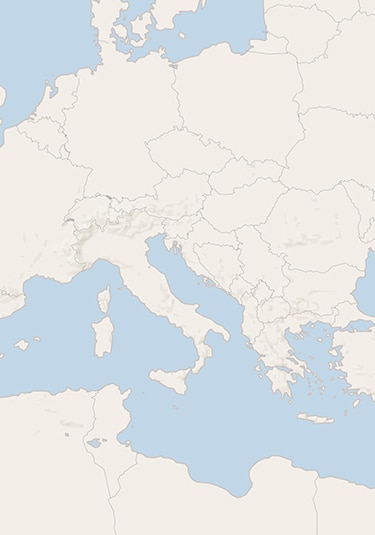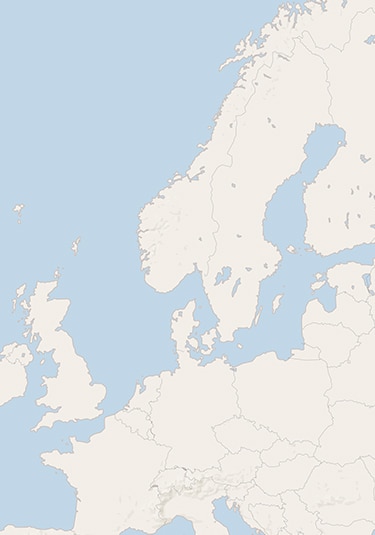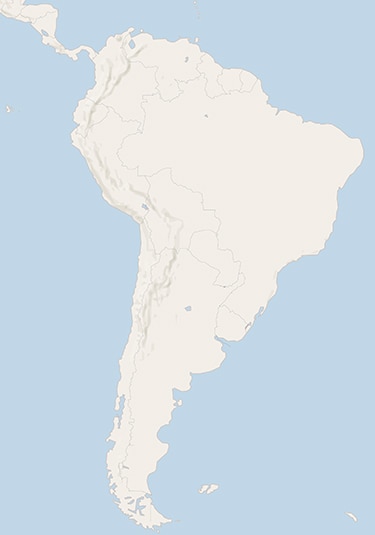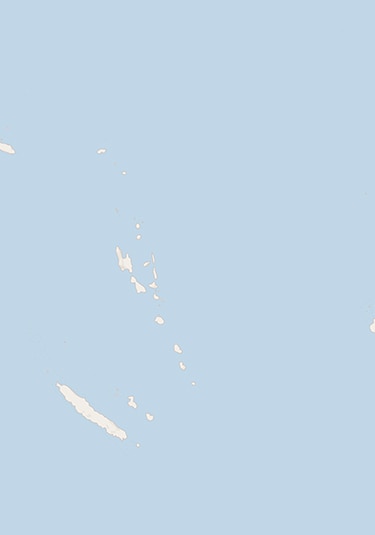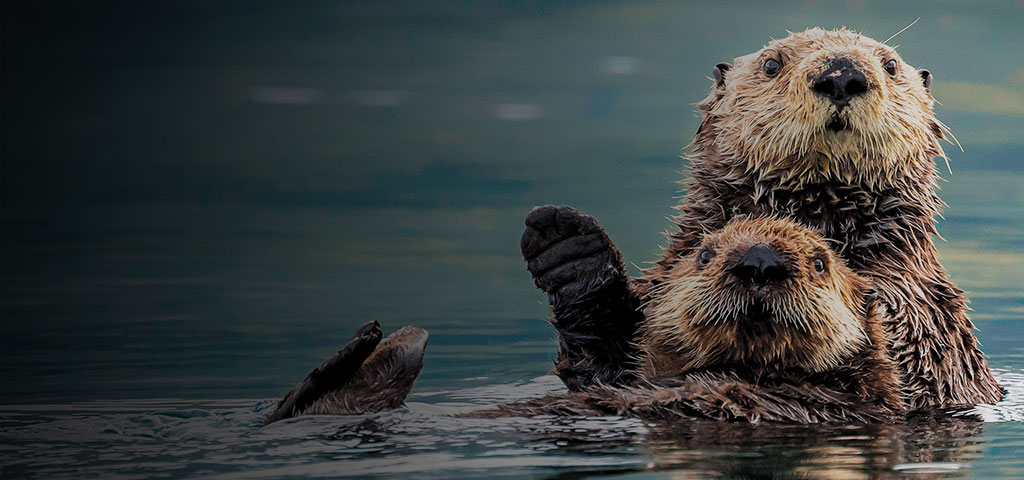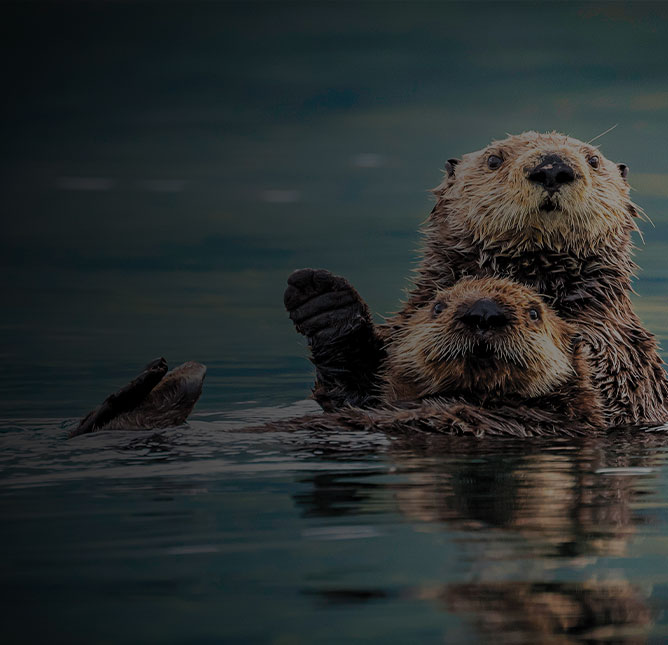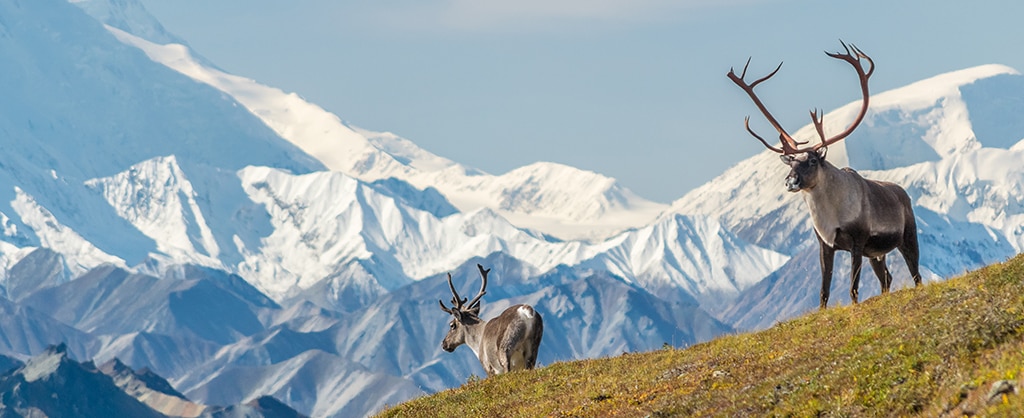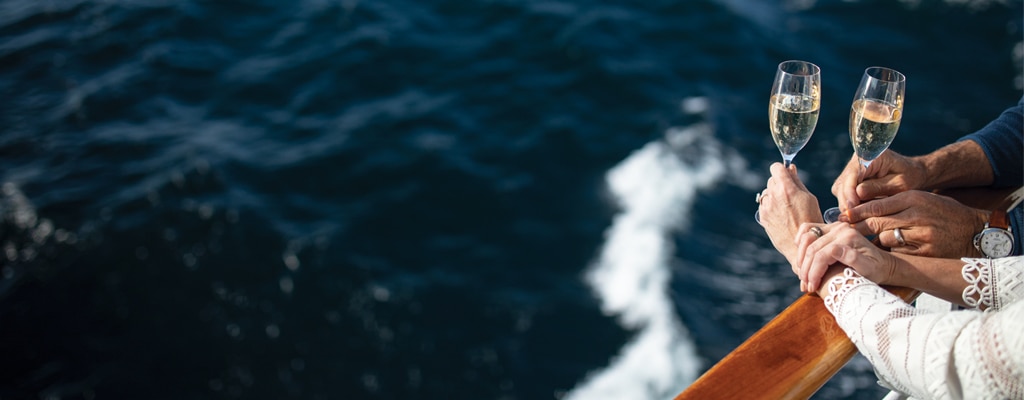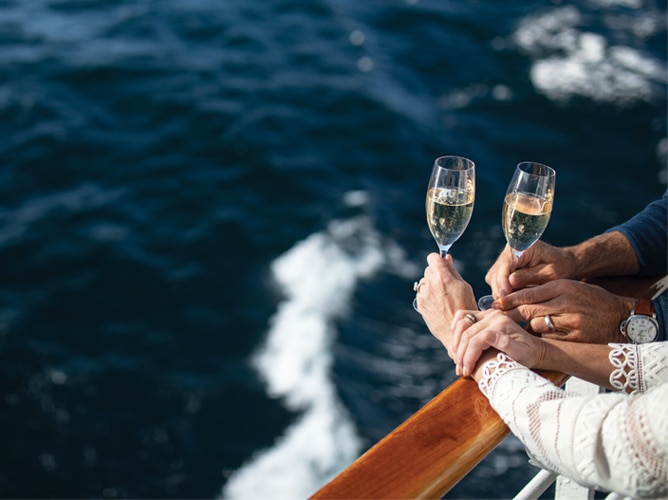
Like many things I inherited from my father, I also love otters. I feel an affinity for them and never tire of watching their antics. However, much of what we perceive as play is really part of their survival mechanism. Unlike other marine mammals, Mother Nature did not give otters body fat. Instead, they have the most dense and luxurious coat of any animal; they have up to one-million hairs per square inch! It is because of this rich, soft, warm fur that Russians trapped sea otters in Alaska. They traded them with China where they were so valuable the pelts were known as “soft gold.” For the otter, however, that dense fur helps to trap air bubbles that act as insulation keeping them warm. What we see as play when an otter spins and frolics, is really the otter aerating its coat. They groom themselves fastidiously to guarantee their coat remains clean and fluffy. One of the reasons the otter population was severely affected during the 1989 Exxon Valdez oil spill in Prince William Sound, was that once their fur was covered with oil, it could not hold heat and they died from hypothermia.
Today the otter population is a healthy 20,000 along the coast of Southeast Alaska especially around the towns of Juneau and Sitka. Often rafts, or a group of otters, can be seen in Sitka Sound not far from the ship. However, the best way to enjoy these beguiling creatures is to take an excursion where you can get closer to them. Spring is when you will see mothers holding their furry babies on their chests, nose to nose. Best photos ever!
On your next voyage to Alaska, you can get up close to these amazing animals in Sitka when taking the Sea Otter & Wildlife Quest tour. This complimentary excursion takes you through Alaska’s narrow island passages and open bays, which offer spectacular viewing at close range.

